PROBLEMS WITH A LEACH FIELD
Problems with a leach field are uncommon among new installations. Unless the field was poorly designed or installed improperly, there is very little reason why it should fail. However, extremely wet ground conditions, due to heavy or constant rains, could force a field to become saturated. If the field saturates with ground water, it cannot accept the effluent from a septic tank. This, in turn, causes backups in houses. When this is the case, the person who created the septic design should be looked to in terms of fault.
Older fields sometimes clog up and fail. Some drain fields become clogged with solids. Financially, this is a devastating discovery. A clogged field has to be dug up and replaced. Much of the crushed stone might be salvageable, but the pipe, the excavation, and whatever new stone is needed can cost thousands of dollars. The reasons for a problem of this nature are either a poor design, bad workmanship, or abuse.
If the septic tank installed for a system is too small, solids are likely to enter the drain field. An undersized tank could be the result of a poor septic design, or it could come about as a family grows and adds onto their home.
A tank that is adequate for two people may not be able to keep up with the usage seen when four people are involved. Unfortunately, finding out that a tank is too small often doesn’t happen until the damage has already been done.
 Why would a small septic tank create problems with a drain field? Septic tanks accept solids and liquids. Ideally, only liquids should leave the septic tank and enter the leach field. Bacterial action occurs in a septic tank to break down solids. if a tank is too small, there is not adequate time for the breakdown of solids to occur. increased loads on a small tank can force solids down into the drain field. After this happens for a while, the solids plug up the drainage areas in the field. This is when digging and replacement is needed.
Why would a small septic tank create problems with a drain field? Septic tanks accept solids and liquids. Ideally, only liquids should leave the septic tank and enter the leach field. Bacterial action occurs in a septic tank to break down solids. if a tank is too small, there is not adequate time for the breakdown of solids to occur. increased loads on a small tank can force solids down into the drain field. After this happens for a while, the solids plug up the drainage areas in the field. This is when digging and replacement is needed.
in terms of a septic tank, a pipe with a fast grade can cause solids to be stirred up and sent down the outlet pipe. When a four-inch wall of water dumps into a septic tank at a rapid rate, it can create quite a ripple effect. The force of the water might generate enough stir to float solids that should be sinking. If these solids find their way into a leach field, clogging is likely.
We talked a little bit about garbage disposers earlier. When a disposer is used in conjunction with a septic system, there are more solids involved that what would exist without a disposer. This, where code allows, calls for a larger septic tank. Due to the increase in solids, a larger tank is needed for satisfactory operation and a reduction in the risk of a clogged field. I remind you again, some plumbing codes prohibit the use of garbage disposers where a septic system is present.
other causes for field failures can be related to collapsed piping. This is not common with today’s modern materials, but it is a fact of life with some old drain fields. Heavy vehicular traffic over a field can compress it and cause the field to fail. This is true even of modern fields. Saturation of a drain field will cause it to fail. This could be the result of seasonal water tables or prolonged use of a field that is giving up the ghost.
Septic tanks should have the solids pumped out of them on a regular basis. For a normal residential system, pumping once every two years should be adequate. Septic professionals can measure sludge levels and determine if pumping is needed. Failure to pump a system routinely can result in a buildup of solids that may invade and clog a leach field.
Normally, septic systems are not considered to be a plumber’s problem. Once you establish that a customer’s grief is coming from a failed septic system, you should be off the hook. Advise your customers to call septic professionals and go onto your next service call; you’ve earned your money.
This page intentionally left blank.
 |
ational rainfall statistics are needed for computing the requirements of storm water systems. The expected rainfall rates are needed to figure out systems for roof drains, storm sewers, and similar methods of controlling storm water drainage. Fortunately, the rainfall rates for major cities are listed in this chapter. Similar information can often be found in plumbing codebooks. You will also find rain maps in this chapter and some codebooks. You can’t accomplish much with only the rainfall rates. Consider the following information as reference material that you can use at anytime to compute the needs for controlling storm water. (Figs. A1.1 to A1.5)
309

 |
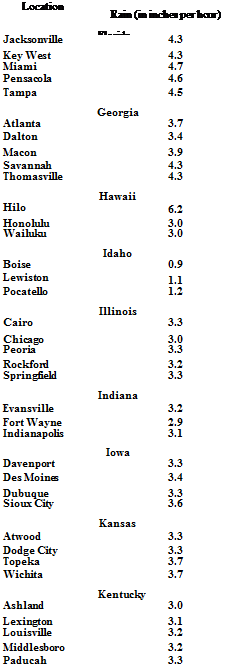 |
 |
 |
 |
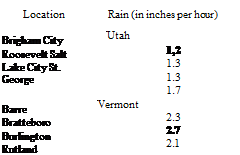 |
||||||||||||||||||||||||||||||||||||||||||||||||||||||||||||||||||||||||
|
||||||||||||||||||||||||||||||||||||||||||||||||||||||||||||||||||||||||
|
|
|
|
|
|
|
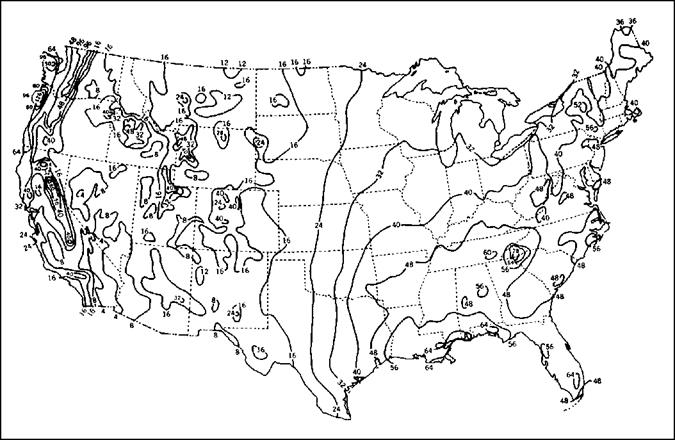
|
|||
|
|
||
|
|||
|
|||
|
|||
|
|||
|
|
||
|
|||
|
|
||
|
|||
|
|||
|
|
||
|
|||
|
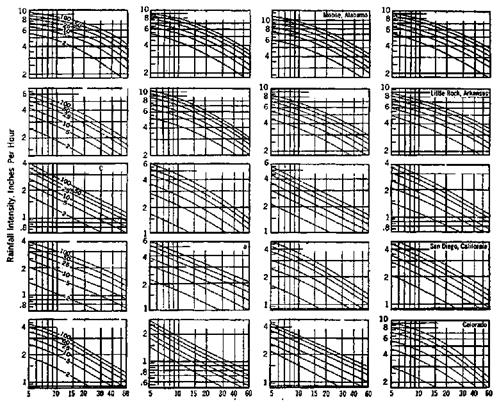

FIGURE A1.5 ■ Rainfall intensity-duration-frequency charts. (Courtesy of McGraw-Hill)
|
|||||
|
|
|
|||
|
|||||
|
|
||||
|
|||||
|
|||||
|
|||||
|
|||||
|
|||||
|
|||||
|
|
||||
|
|||||
|
|||||
|
|
||||
|
|||||
|
|||||
|
|||||
|
|||||
|
|||||
|
|||||
|
|
||||
|
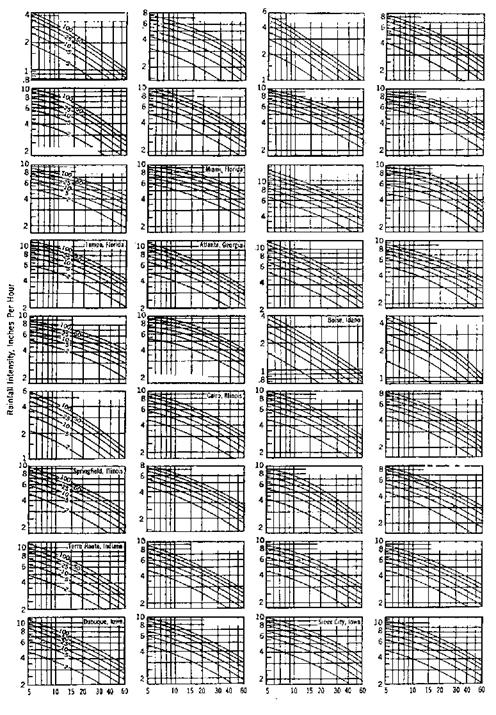

|
|||||
|
|
||||
|
|||||
|
|
|
|||
|
|
|
|||
|
|||||
|
|
||||
|
|||||
|
|||||
|
|
|
|||
|
|
||||
|
|||||
|
|||||
|
|
|
|||
|
|
|
|||
|
|||||
|
|
||||
|
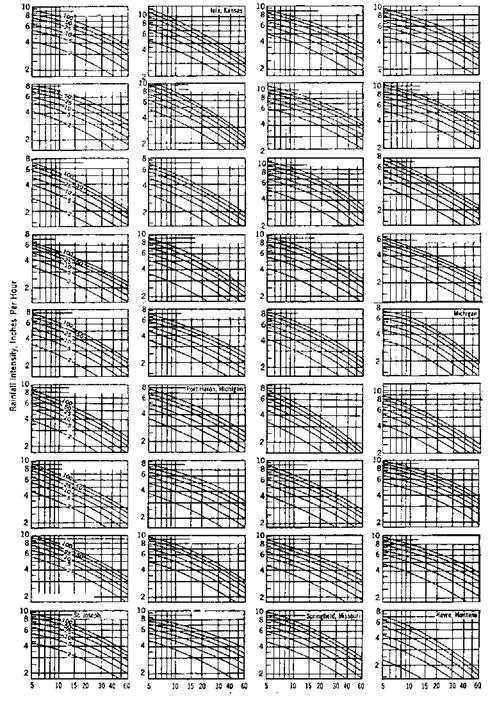

|
|||||
|
|||||
|
|||||
|
|
||||
|
|||||
|
|
||||
|
|||||
|
|||||
|
|||||
|
|||||
|
|
|
|||
|
|||||
|
|||||
|
|||||
|
|||||
|
|||||
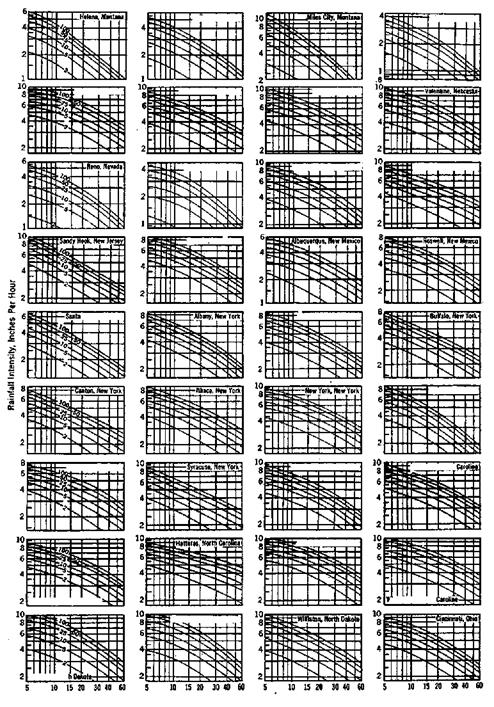

|
|
||||||
|
|||||||
|
|||||||
|
|
|
|
||||
|
|||||||
|
|
|
|||||
|
|||||||
|
|||||||
|
|||||||
|
|||||||
|
|||||||
|
|
||||||
|
|||||||
|
|
||||||
|
|
||||||
|
|
||||||
|
|||||||
|
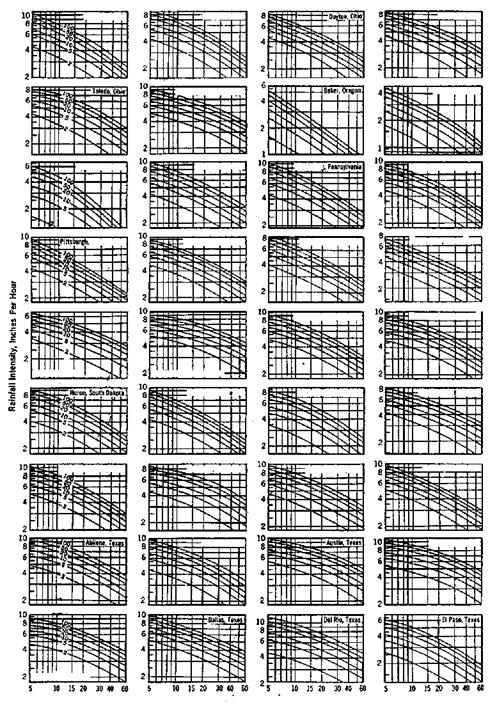

|
|
|
|||
|
|||||
|
|||||
|
|||||
|
|
||||
|
|
|
|||
|
|||||
|
|
|
|||
|
|
|
|||
|
|
|
|||
|
|||||
|
|
||||
|
|||||
|
|||||
|
|||||
|
|||||
|
|
||||
|
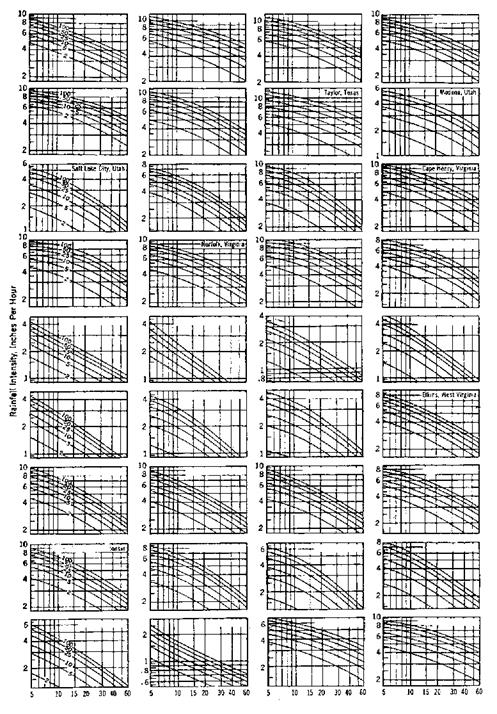






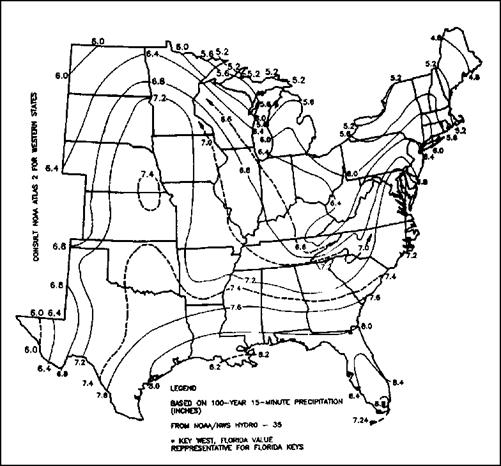
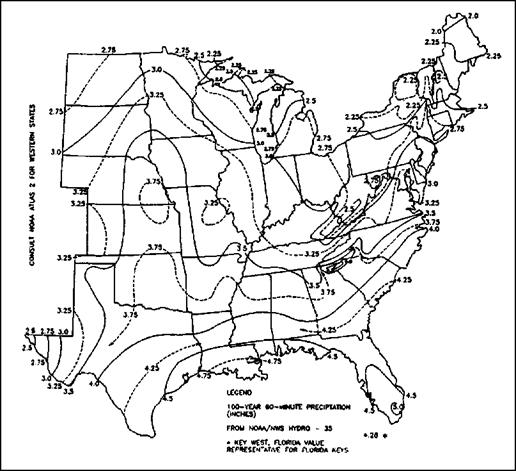
Leave a reply